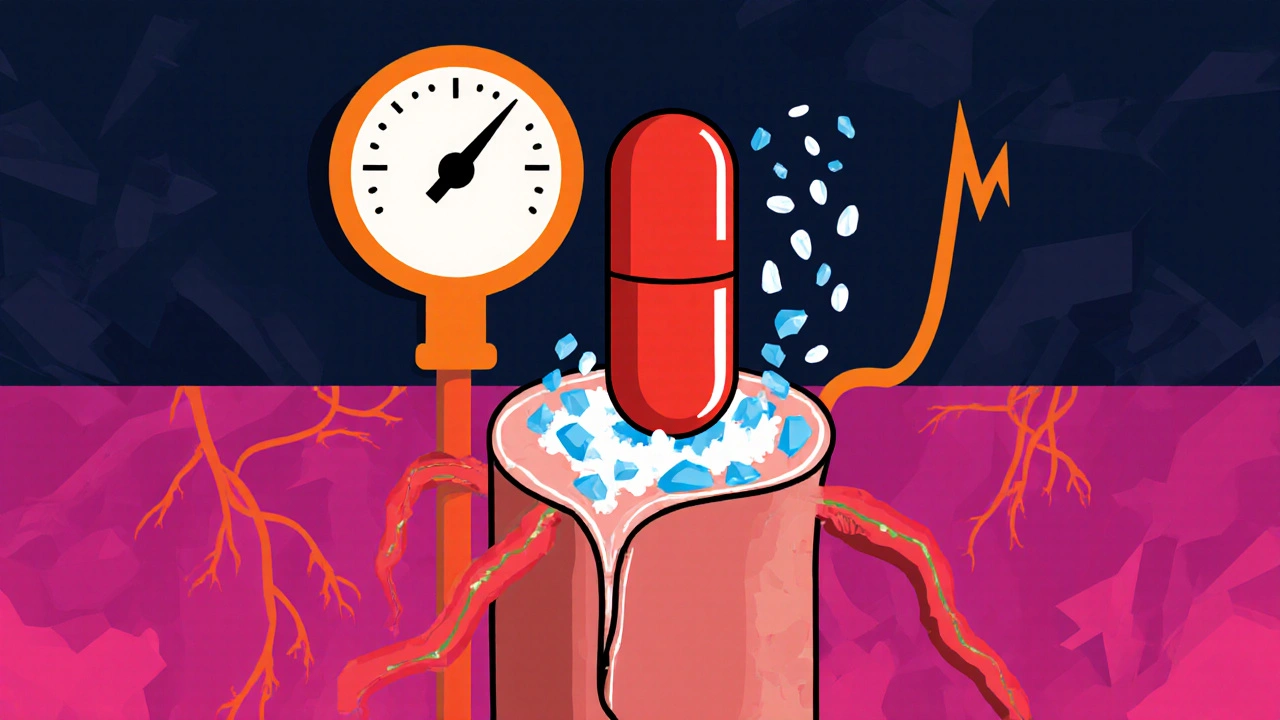Category: Health and Medicine - Page 2
Respiratory Depression from Opioids and Other Medications: Critical Signs You Can't Ignore
Respiratory depression from opioids is a silent, life-threatening side effect that can happen even with prescribed medications. Learn the critical signs, who’s at risk, and what to do before it’s too late.
Read moreDrug-Induced Liver Injury: High-Risk Medications and How to Monitor Them
Drug-induced liver injury can strike from common medications and even supplements. Learn which drugs pose the highest risk, how to monitor your liver, and what to do if you suspect damage - before it's too late.
Read moreSigns You’re Misusing Over-the-Counter Drugs and What to Do
OTC drug misuse is more common and dangerous than you think. Learn the physical, behavioral, and psychological signs of abusing cough syrup and other over-the-counter meds - and what steps to take if you or someone you know is at risk.
Read moreRadiation vs. Surgery: How to Choose the Best Local Cancer Treatment for You
Choosing between radiation and surgery for early-stage cancer isn't about which is stronger - it's about which fits your life. Learn how survival rates, side effects, and recovery differ for prostate and lung cancer.
Read moreHow to Safely Manage Expired Inhalers, Eye Drops, and Topical Medications
Learn how to safely handle expired inhalers, eye drops, and topical medications. Understand the risks of using them, how to dispose of them properly, and where to get help if you can't afford replacements.
Read moreHow to Carry Backup Prescriptions and Digital Copies Securely When Traveling
Learn how to safely store and carry backup prescriptions and digital copies while traveling. Avoid risks of theft, loss, and fraud with secure pharmacy apps and smart backup practices.
Read moreHow Letrozole Helps Women Ovulate: A Clear Guide to Its Role in Fertility Treatment
Letrozole is now the top choice for ovulation induction, especially for women with PCOS. Learn how it works, how it compares to clomiphene, side effects, dosing, and what to do if it doesn’t work.
Read moreAmiloride for Salt Sensitivity: How It Can Help Manage High Blood Pressure
Explore how amiloride works, its evidence in salt‑sensitive hypertension, who benefits, dosing tips, side‑effects, and future research in a practical guide.
Read moreCT Scans in Embolism Diagnosis and Management: What You Need to Know
Explore how CT scans detect and guide treatment of embolisms, from pulmonary clots to arterial blockages, with practical tips, pitfalls, and a CTA vs V/Q comparison.
Read moreHow Paroxetine Affects Mood and Emotional Regulation
Explore how paroxetine works, its effects on mood and emotional regulation, common side effects, and tips for managing them, plus a quick SSRI comparison.
Read more









